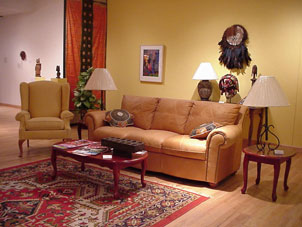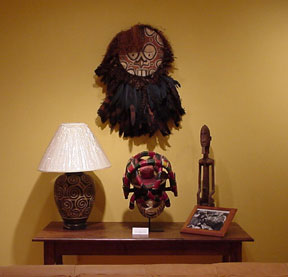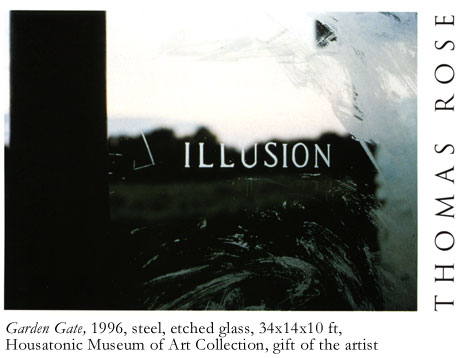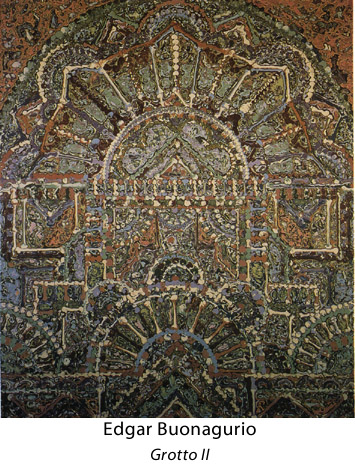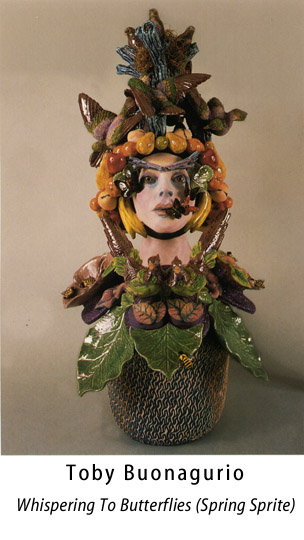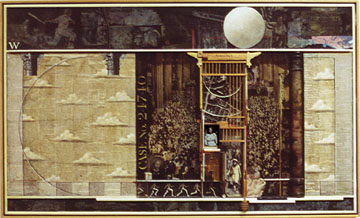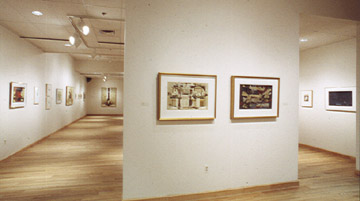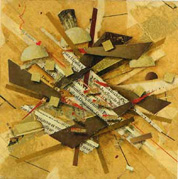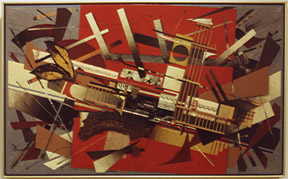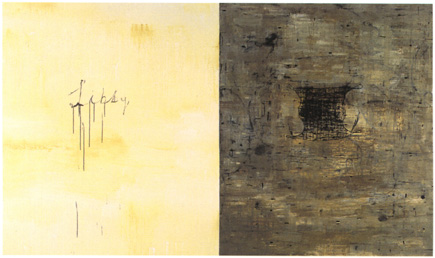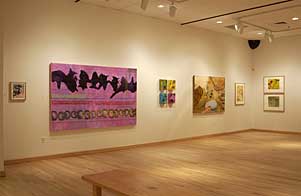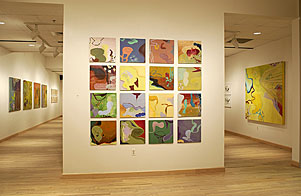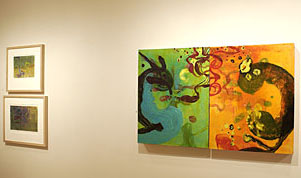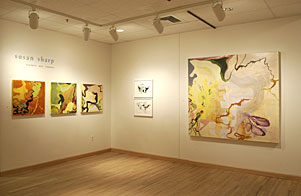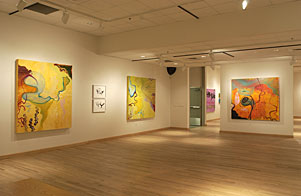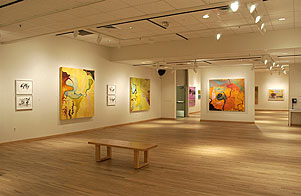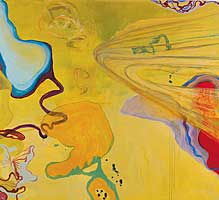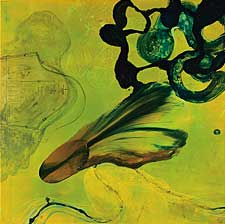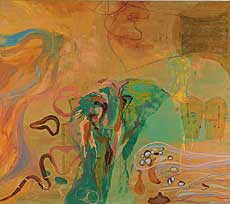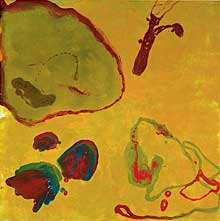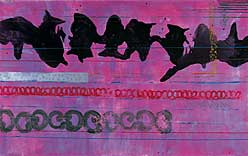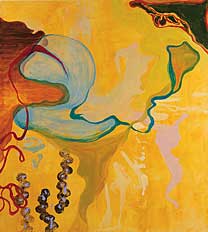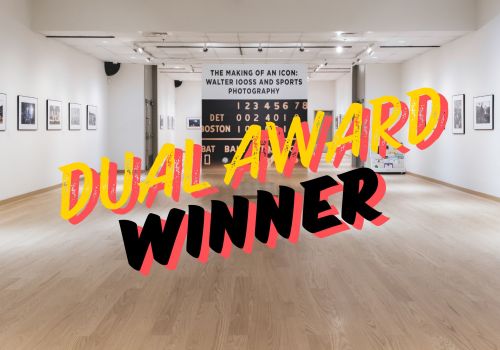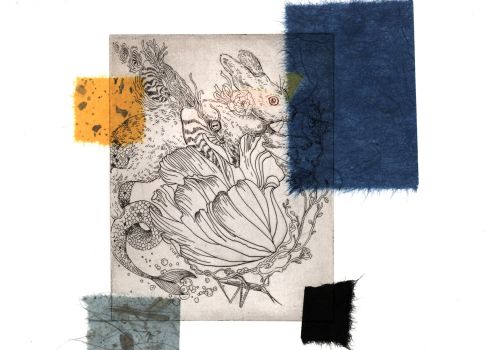Defining Space, Producing History
"Producing Histories: African Art In The Housatonic Museum Of Art Collection" is an exhibition curated by Lyneise Williams, Ph.D. candidate at Yale University who specializes in African Art and the Art of the African Diaspora.
This exhibition opens September 3 and continues through October 29, 1999.
Symposium: Saturday September 18, 10:30 am
Lyneise Williams, moderator and discussant, Christa Clarke, Christopher B. Steiner, Omaa Chukwurah-Orezabo, Tim Barringer, Obiora Udechukwu
Storytelling: Saturday, October 9, 12-1 pm
Omaa Chukwurah-Orezabo and Raouf Mama,
Raouf Mama,Ph.D., professor of African Literature at Eastern Connecticut State University, will be telling stories and doing a "Meet the Author" book
signing of his new book on African folk tales.
Curatorial Talk: Monday, October 18, 12-1 pm In "Producing Histories: African Art In The Housatonic Museum Of Art Collection," Lyneise Williams explores the multiple histories attached to African art objects by those who construct those histories: the maker of the object, local tradesmen, collectors, dealers and tourists; museum professionals and academicians to name a few. These histories are further defined by the setting in which the objects themselves are encountered -- a living room, a public museum, and the usually restricted storage area. These spaces have been created and "displayed" in an effort to explore systems of presentation.
According to curator Lyneise Williams, "African objects took the role of works of art in a domestic setting long before museums conferred on them aesthetic value. It seems appropriate that this exhibition should open with the private connection as the key site for the production of histories for African art." The histories produced in these settings, says Williams, where the collector lives, eats and sleeps creates a different relationship to the art -- it may serve as an artifact or merely a curiosity or conversation piece. No understanding of the work may be required or even wanted, nor will the absence of this formal knowledge interfere with the collector's personal enjoyment of the object.
By contrast, the second space is a formal museum installation with the objects placed in vitrines, replete with identifying labels and maps to educate the viewer about the object and the culture that produced it. This setting privileges the object by setting it apart in a variety of ways, including placing it on a pedestal and utilizing special lighting techniques. In other words, Williams creates a space the viewer expects to encounter designed for the purpose of imparting specialized knowledge.
The third gallery recreates a storage space usually "off-limits" to the casual museum-goer. Entry into private storage areas is reserved for visiting scholars, curators and museum staff. And though access is restricted, works themselves are not necessarily treated with the same degree of care and concern that is shown in the public museum space. Rather than being kept in vitrines, works may be rolled, boxed, or stacked thus de-emphasizing the preciousness "exhibited" in the museum space. Williams shows us through this ingenious installation how each one of these locations demands a different type of relationship to the object.
Collectors of African artifacts have been important producers of histories that in turn shape perceptions of what we think we know as African art. Lyneise Williams points out, "As we work towards a greater understanding of our relationship with African art, collectors, collections and institutions will figure prominently as producers of a range of histories. Each of these histories bears some level of 'truth', but as I have worked to demonstrate, any such claim to 'truth' can be contested. If there can be no simple meaning of African objects, there are, nonetheless, many valuable insights to be gained and generated in the complex journeys."
